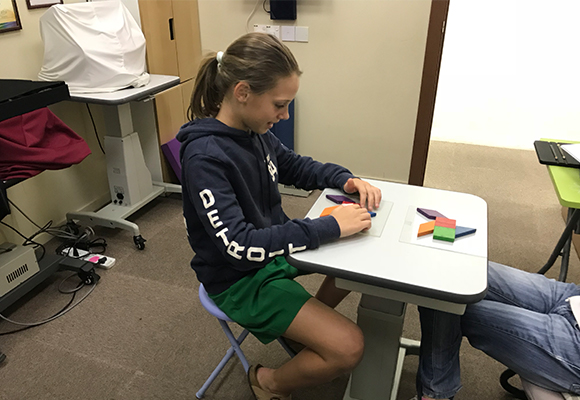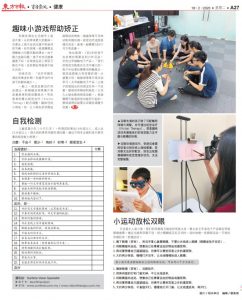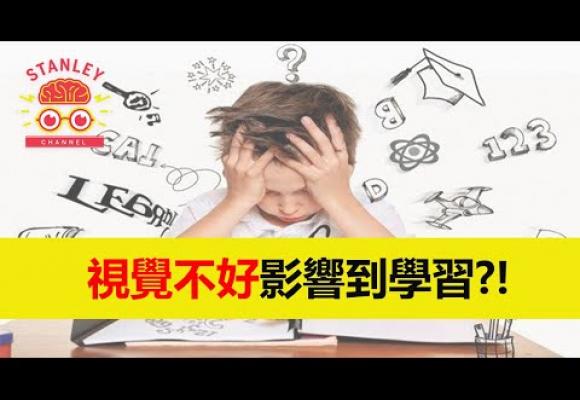Visual Information Processing (“Eye-Brain” Coordnation) Skills
The Neuro-Developmental Vision Evaluation Also Determines How Well The Brain Is Interpreting Visual Information. The Visual Information Processing ("Eye-Brain" Coordination) Skills That Require Testing Are:
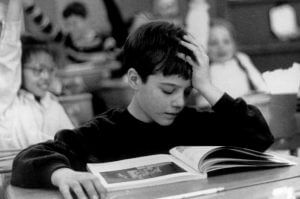
Visual Spatial Orientation Skills
Visual spatial orientation is the awareness of one's own position in space relative to other objects, as well as the location of objects relative to each other. It includes body knowledge and control, as well as bimanual integration and is understood as a component of overall perceptual-motor integration development. Visual spatial orientation skills involve the ability to understand directional concepts, both internally and projected into external visual space. These skills are important for balance and coordinated body movements, navigation in the environment, following spatial directions, and understanding the orientation of alphanumeric symbols.
Visual Analysis Dysfunction
Being able to analyze and make sense out of visual information quickly and efficiently. Commonly referred to as “visual perception,” non-motor visual analysis skills are the active processes for locating, selecting, extracting, analysing, recalling, and manipulating relevant information in the visual environment. These processes represent one of the core skills for letter and number recognition, sight word vocabulary, and mathematical concepts. Non-motor visual analysis skills have traditionally been subdivided into separate theoretical constructs: visual discrimination, visual figure-ground discrimination, visual closure, visual memory, and visualization.
Visual-Motor Integration
Visual-motor integration (or visually guided motor response) is the ability to integrate visual information processing with fine motor movements and to translate abstract visual information into an equivalent fine motor activity, typically the fine motor activity of the hand in copying and writing. Visual-motor integration involves three individual processes: visual analysis of the stimulus, fine-motor control (or eye hand coordination), and visual conceptualization, which includes the integration process itself. Deficits in any one of these processes will influence the overall result. Testing fine-motor coordination is therefore important for a differential diagnosis. For example, if visual analysis and fine-motor coordination skills are in the normal range but performance in visual-motor integration is deficient, the difficulties lie in the integration-processing phase.
Frequently Asked Questions
Vision therapy has been scientifically proven to treat visual processing deficits even the patient has experienced brain injuries. An individual who experiences brain injury or organic may have deficits in one or more components of visual information processing. Even though patients with an injured brain make the therapy more challenging, it gives the best illustration of vision therapy in the solution of visual processing disorder. A number of studies taken from neurological, optometric and occupational therapy literature also show the effect of visual processing therapy and training on visual processing deficits.
Raymond et al. recommend that the assessment of visual processing should be done by Board Certified Neuro-Developmental & Behavioral Optometrist – not an ophthalmologist. The ophthalmologist, according to the authors, does not have the expertise to make the assessment. The study authors note that patients:
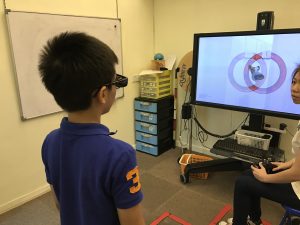
"should be referred to a Board Certified Behavioral & Neuro-Developmental Optometrist. It was also noted that referrals made to an ophthalmologist may be insufficient, as they are primarily concerned with the health of the eye only, and ophthalmologists are mostly experienced with acute medical problems rather than rehabilitation issues. This assertion is supported by considering the typical components of an ophthalmologic exam, which may yield a lack of specificity, and/or provide information which is inadequately defined in terms of rehabilitation consequence. Trobe, Acosta, Kirscher and Trick identify a lack of measurement in areas of distance and near acuities, contrast sensitivity and confrontation, while Gianutsos and Matheson describe a need for greater quantification in terms of field gradations and boundaries, and binocularity conditions. A more thorough investigation is important for the rehabilitative efforts of all patients who demonstrate visual processing deficits.”
The study's authors go on to note that "[o]phthalmologists are excellent surgeons and expert at treating acute disease but their expertise does not to extend to the diagnosis or treatment of visual processing deficits."
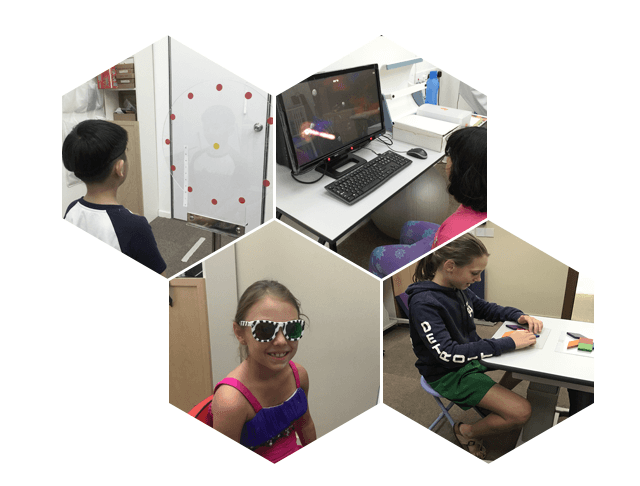
According to several studies, the answer is "YES".
One example is a 2005 study by Goldstand et al. published in The American Journal of Occupational Therapy entitled "Vision, Visual Information Processing, and Academic Performance Among Seventh-Grade Schoolchildren: A More Significant Relationship Than We Thought?"
The researchers (consisting of professors of Behavioural optometry and occupational therapy), set out to compare visual and visual information processing skills between children with and without mild reading and academic problems and examine the incidence of visual deficits among them. They found that visual function significantly distinguishes between children with and without mild academic problems, as well as on visual-perception scores.
Another study published in Optometry and Vision Science in 2002 by Kulup et al. found that poor visual memory (one component of visual information processing) as significantly related to below-average reading decoding, math, and overall academic achievement (as measured by the Stanford Achievement Test) in second- through fourth-grade children, while controlling for age and verbal ability.
DOWNLOAD PDF FOR MORE INFO

